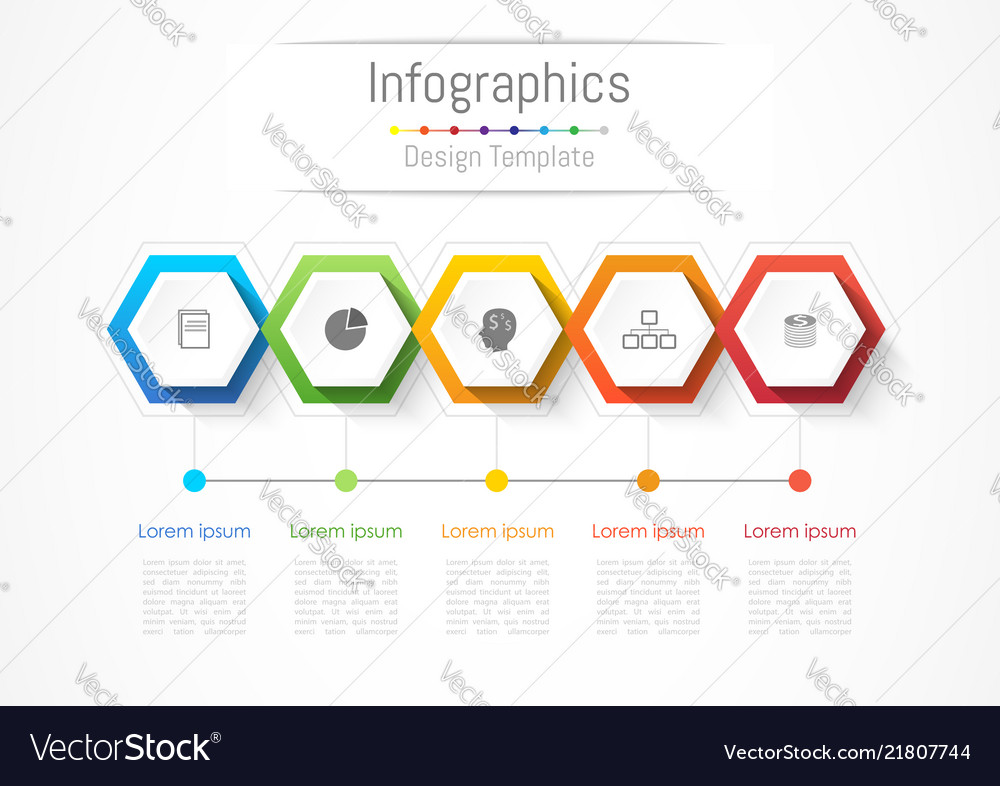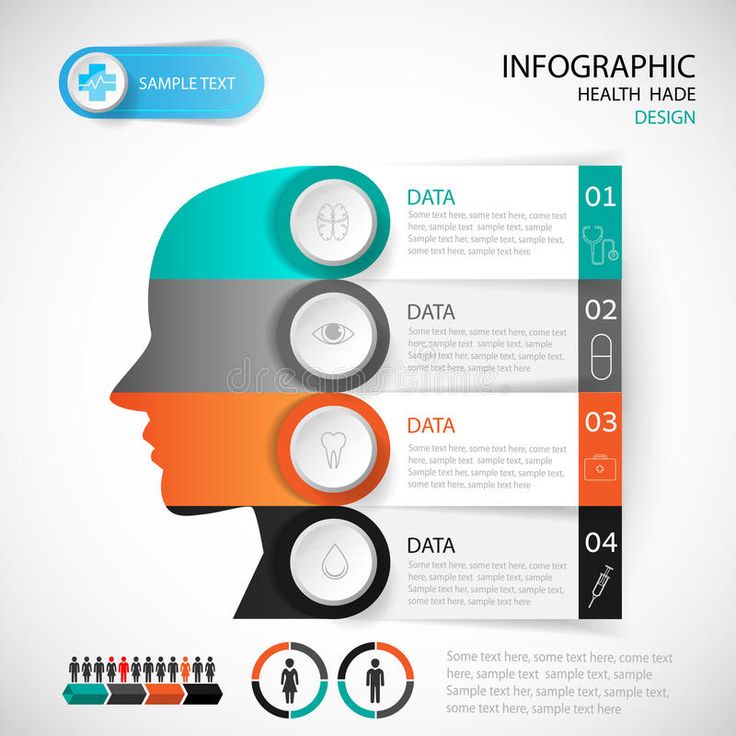
In an era dominated by digital media, mastering cross-platform infographic marketing is crucial for businesses to thrive. The following strategies delve into the intricate blend of design, distribution, platform optimization, SEO, audience research, and impact measurement necessary for a successful infographic marketing campaign.
We also present insightful case studies, providing tangible examples of innovative strategies in action, offering valuable insights for those seeking to leverage the power of infographics effectively.
Frequently, understanding cross-platform infographic marketing involves appreciating the unique nuances and challenges associated with creating and distributing visual content across various digital platforms. This requires a keen eye for infographic aesthetics and an analytical understanding of content relevance.
The aesthetic appeal of the infographic should not compromise but rather enhance the clarity and digestibility of the information presented. Clear, concise, and captivating visuals are instrumental in engaging the audience.
Conversely, content relevance is paramount. The information, while visually appealing, must be pertinent, timely, and valuable for the target audience.
The marriage of these two elements - aesthetics and relevance - formulates a strategic approach that paves the way for successful cross-platform infographic marketing. This innovative approach resonates with the audience's desire for visually pleasing yet informative content.
The Significance of Design in Infographic Marketing
The role of design in infographic marketing is pivotal, as it serves as the bridge between data and audience comprehension, significantly influencing the success of the campaign.

Design aesthetics shape the visual appeal, while infographic accessibility ensures it reaches the intended market segment. Carefully selected color schemes, typography, and layout foster seamless data visualization, thus aiding in the interpretation and retention of information.
A well-structured, accessible infographic translates complex data into comprehensible insights, fostering engagement and promoting action. Thus, design is not merely an aesthetic component, but a strategic tool that dictates the efficacy of infographic marketing.
Harnessing the power of design ensures a resonating, impactful message, offering innovative solutions for businesses seeking to optimize their marketing strategies.
Social media platforms present a crucial opportunity for infographic distribution, provided they are leveraged effectively.
The selection of appropriate platforms can optimize the reach of infographics by aligning with target audience preferences, while tailoring these visuals for shareability can increase their virality.
Moreover, encouraging audience interaction can further amplify the visibility of these infographics, thus enhancing their overall marketing impact.
An essential part of successful infographic marketing strategies involves selecting the most suitable platforms. This includes leveraging various social media channels for effective infographic distribution.

Platform suitability and infographic adaptability are critical factors that determine the success of your infographic marketing strategy. Each platform has unique attributes that require careful analysis to ensure your infographic is adaptable and resonates with the platform's audience.
For instance, Instagram's visually oriented platform is excellent for colorful, engaging infographics. On the other hand, LinkedIn's professional audience might appreciate more data-driven, detailed infographics. Twitter, with its character limit, necessitates concise and powerful infographics.
Therefore, understanding each platform's nuances and tailoring your infographic accordingly will result in improved engagement and wider reach. This ultimately leads to a successful cross-platform infographic marketing strategy.
Optimizing Infographics for Sharing
Maximization of infographic exposure hinges on the successful implementation of sharing optimization strategies across multiple social media platforms. Leveraging these platforms for infographic distribution requires a keen understanding of the nuances of each platform and a careful selection in terms of infographic color psychology and infographic font selection.
- Use Infographic color psychology to evoke specific emotions and reactions from viewers, leading to increased shares.
- Infographic font selection should be clear, readable, and compatible with the theme and purpose of the infographic.
- Tailor the infographic content to each platform, considering its unique audience and sharing mechanisms.
- Include social share buttons directly on the infographic to facilitate easy sharing.
- A/B test different versions of the infographic to identify which one garners more shares.
Harnessing these strategies will ensure your infographic reaches more eyes, driving higher engagement and achieving your marketing goals.
Engaging Audience Interaction
Building upon the foundation of optimized sharing, engaging audience interaction becomes the next crucial step in leveraging social media for effective infographic distribution. Interactive Infographics, designed with elements that invite user input, can significantly boost Audience Engagement Metrics. They encourage a deeper level of engagement, triggering not just views, but shares, comments, and other interactions.
However, the magic does not lie in the interactive features alone. The substance of the infographic, the story it tells, and how it resonates with the audience, matters just as much, if not more. In the landscape of social media-infused marketing, the successful distribution of infographics necessitates a delicate balance between innovation and audience relevance.

It is this balance that ensures engaging audience interaction, a key success factor for cross-platform infographic marketing strategies.
Understanding each platform's unique specifications and user behavior is crucial for optimizing your infographics for different platforms. This process involves infographic localization and mobile-friendly adaptation, among other strategies.
To maximize the value of your infographics, consider the following:
- Tailor your infographic content to the habits, preferences, and needs of each platform's users.
- Ensure that your infographics are easily viewable and navigable on mobile devices.
- Localize your infographics, taking into account the cultural, linguistic, and regional specifics of your target audience.
- Utilize platform-specific features, such as Instagram's carousel feature or Twitter's thread feature, to enhance your infographic's presentation.
- Regularly update your infographics to remain relevant, as trends and user behaviors on platforms can change rapidly.
Utilizing SEO in Infographic Marketing
Incorporating SEO into your infographic marketing strategy is something every marketer should consider to increase visibility and reach. The analytical approach would involve identifying the right keywords to target - this is where keyword incorporation comes into play. By using the right keywords in your infographic metadata, titles, and descriptions, you can optimize your content for search engine algorithms, thus improving its discoverability.
Moreover, infographics offer excellent backlink opportunities. A well-designed, data-rich infographic can earn you valuable inbound links from high-authority websites, enhancing your SEO strategy. As such, being detail-oriented in your infographic creation and distribution process can yield significant SEO advantages.
The Role of Audience Research in Infographic Success
Through meticulous audience research and analysis, marketers can craft infographics that resonate with their target demographic, thereby significantly increasing the chances of success for their infographic marketing strategies. This concept of demographic targeting enables the creation of personalized infographics that cater to unique audience preferences, interests, and behaviors.
The role of audience research in infographic success can be explained through the following key points:

- Identifying the demographic profile of the target audience
- Understanding their preferences and consumption patterns
- Determining the type of content that resonates with them
- Using this data to personalize infographics
- Continual assessment and fine-tuning based on audience feedback
By leveraging audience research, marketers can create tailored infographic experiences, driving engagement and fostering a deeper connection with their target demographic.
Infographic personalization hence becomes a critical driver in successful infographic marketing strategies.
Measuring the Impact of Your Infographic Marketing Strategy
In the realm of infographic marketing, gauging the effectiveness of your strategy is a crucial element to ensure continuous improvement and success. This can be achieved by systematically analyzing the outcomes of your marketing efforts and leveraging the appropriate tools to measure its impact.
An in-depth understanding of these aspects facilitates strategic refinement, ultimately driving your infographic marketing campaign towards its intended objectives.
Analyzing Marketing Strategy Success
One must consistently measure and analyze the effectiveness of their infographic marketing strategy to ensure success in this competitive digital landscape. Thorough strategy evaluation is crucial in adapting to evolving market trends and consumer behavior.
Consider these key steps in your analytical approach:
- Set measurable goals: Determine what success looks like for your strategy.
- Track engagement metrics: Monitor likes, shares, comments, and clicks.
- Measure conversion rates: Evaluate the impact on sales or lead generation.
- Analyze competitor strategies: Understand what works for others in your industry.
- Monitor market trends: Stay ahead by understanding the changing digital landscape.
In doing so, you can refine your strategy, capitalize on trends, and foster innovation. Remember, analysis is not a one-time task, but an ongoing process.

Understanding the impact of your company's infographic marketing strategy necessitates the use of robust analytic tools designed for accurate impact measurement. Data Visualization Tools and Infographic Analytics are pivotal to this process. They provide a visually intuitive platform to understand the reach, resonance, and response to your infographics.
Data Visualization Tools offer the ability to translate complex data into easy-to-understand, interactive visuals. These tools give you an innovative perspective on how your infographic is performing and where improvements can be made.
Infographic Analytics tools, on the other hand, are highly specialized software solutions that track and measure the impact of infographic marketing campaigns. They provide insights into viewer engagement, click-through rates, and sharing metrics. Thus, these tools can powerfully inform your infographic marketing strategies.
Case Studies of Successful Infographic Marketing Campaigns
Regularly, businesses around the globe are leveraging the power of infographics to enhance their marketing campaigns, as demonstrated by the following case studies. These examples illustrate the power of infographic storytelling and the significant data visualization impact they can have.
Google: Their complex algorithm updates were simplified with a timeline infographic, increasing viewer understanding and engagement.
The World Bank: Used data-driven infographics to effectively communicate global economic trends, thereby reaching a wider audience.
Mint: Personal finance company used infographics to break down dense financial data, successfully increasing their user base.

LinkedIn: Their B2B marketing infographic garnered over 50,000 views, demonstrating the effectiveness of visual storytelling.
KISSmetrics: Their infographic campaign led to a 400% increase in leads, showing the power of concise data visualization.
These instances underline the transformative potential of infographics in marketing campaigns.
Frequently Asked Questions
Potential costs include purchasing infographic designing tools, hiring professional designers, and implementing measurement systems for infographic success. Additionally, costs may arise from platform-specific modifications and time invested in strategy development and execution.
Businesses can integrate cross-platform infographic marketing strategies with existing campaigns by focusing on Infographic Design Essentials and leveraging Influencer Collaboration Potential to maximize reach, enhance brand image, and drive engagement across varied platforms.
Common mistakes to avoid in launching infographic marketing strategies include overlooking infographic design flaws and inconsistent branding issues. These can lead to miscommunication and dilute the brand's identity across different platforms.
A small business can effectively use infographic marketing across various platforms by focusing on infographic design essentials and leveraging social media. The strategy should be innovative, detail-oriented, and creatively oriented to maximize impact and engagement.

Yes, cross-platform infographic marketing strategies can be effectively utilized for both B2B and B2C businesses. Implementing infographic design principles and measuring success metrics can provide innovative solutions, irrespective of business type.
 Digital Art InstructionDIY Infographics DesignMobile Game ArtworkPersonalized Logo Design3D AnimationeBook Covers DesignPrivacy PolicyTerms And Conditions
Digital Art InstructionDIY Infographics DesignMobile Game ArtworkPersonalized Logo Design3D AnimationeBook Covers DesignPrivacy PolicyTerms And Conditions
